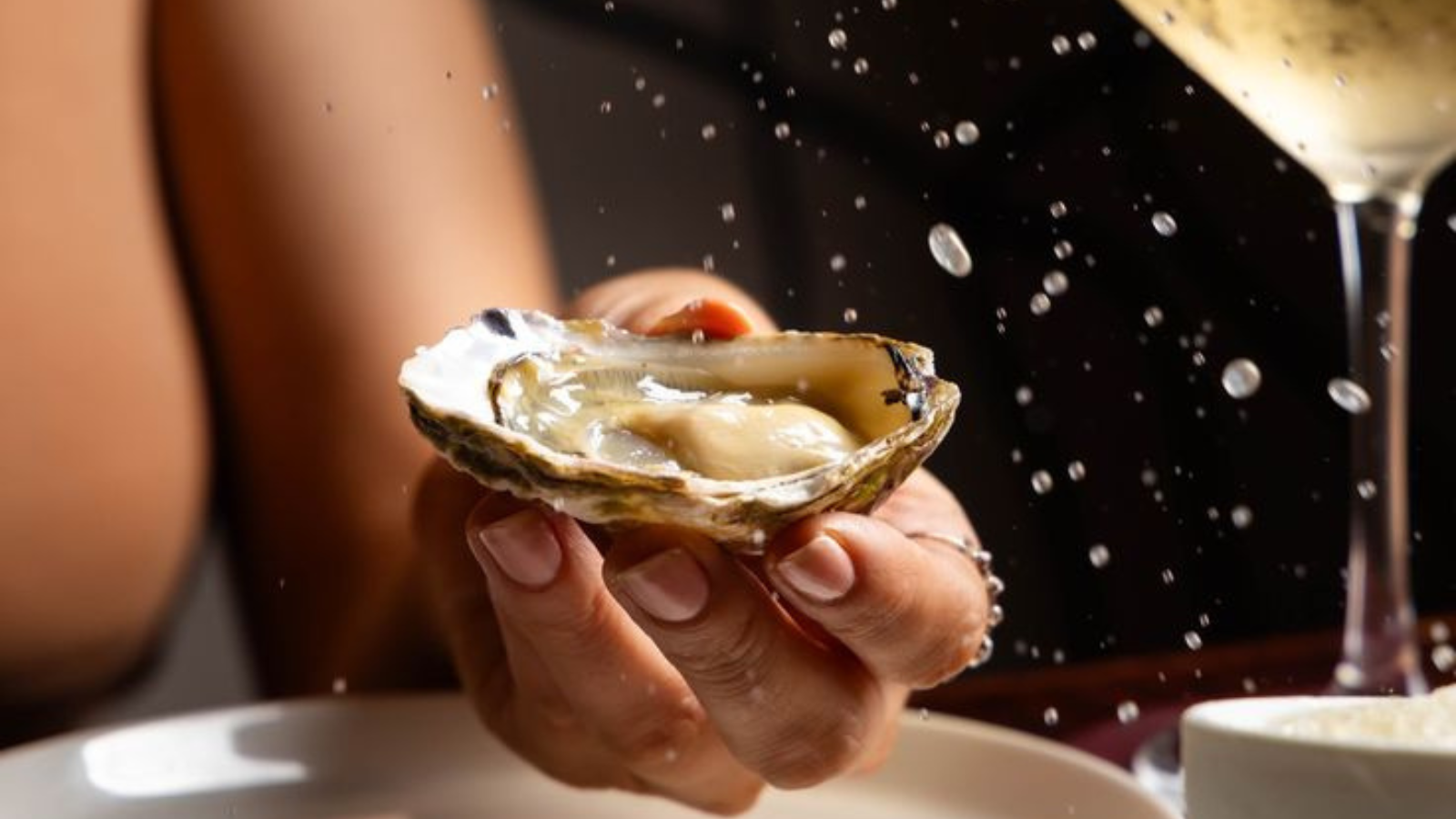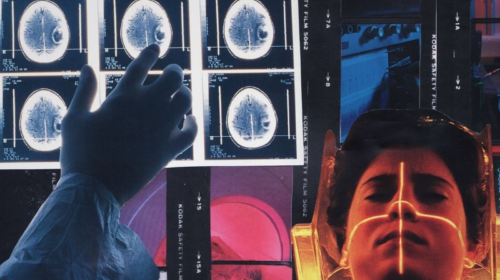Aphrodisiac Foods: The Mysterious Link Between Your Tastebuds and Desire

Before you go researching what foods are aphrodisiacs ahead of your next date night, you may want to keep reading. From chocolates and figs to spicy peppers and oysters, there’s no shortage of foods that haven’t been praised for their desire-boosting abilities. But is it just a myth?
Let’s take a deeper look at the mysterious and long-lived link between food and desire.
The truth behind aphrodisiac foods: Fact or fiction?
We’ve all heard of the rumors about foods that are supposed to bring on a love spell, like chocolates or strawberries. But does the science hold up? According to Martha Hopkins, a historian of aphrodisiac foods, nearly every food has been considered to hold sensual-boosting qualities.
From the Aztecs and their belief in the power of chocolate to the Ancient Greeks’ love of figs, it’s safe to argue cultures have long connected food with desire. And that’s an interesting fact, considering that historically, most foods that are aphrodisiacs were once considered rare or luxurious. You could say that the belief in aphrodisiacs and the allure behind them comes down to what they represent: indulgence, luxury, and decadence.
At the end of the day, the idea of these love foods thrives on personal belief and history. While science doesn’t confirm these myths to be true, what can be said for sure is that there’s no denying the seductive power these foods have in creating the right setting for romance.
The psychology behind aphrodisiac foods
If you’re thinking that you just know for a fact that eating certain foods has increased your sexual desire, we’re not exactly here to prove you wrong. Placebo effect is a very real thing, and if you truly believe that a particular food increases desire, psychology says that it can influence your ability to get in the mood.
The thing is: desire is complex. It’s not just about the food you eat. There are so many variables that affect our desire, from physical to emotional to relational, it’s important to remember that context matters.
You can put it this way—you’re probably less likely to find slurping down oysters sexy when you’re in front of your parents. On the other hand, if you’re sharing that same meal with your partner in a romantic setting, this could trigger the complete opposite response.
The bottom line is while aphrodisiac foods may not have the magic power they’re often associated with, they still play a role in how we experience desire by setting the mood and creating the right environment for connection.
The final word: Can food really boost desire?
Just as beauty is said to be in the eye of the beholder, you could say the same about these love foods. While aphrodisiacs may not work exactly the way myths suggest, their role in setting the mood is undeniable, and that, we can stand on.






